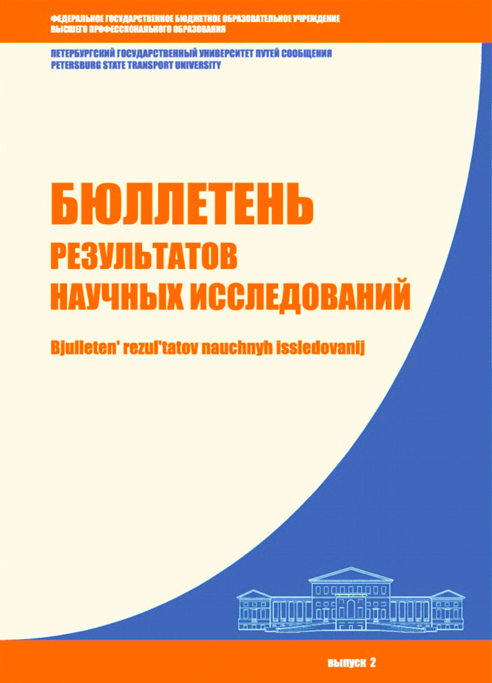Russian Federation
Russian Federation
Purpose: To substantiate the techno-economic feasibility of constructing a local gas-turbine power plant (GTPP) to cover the 36 % capacity shortfall in Tartus (Syria) and to enhance supply reliability. Methods: A high- level assessment was performed: (i) determination of the required installed capacity with a 15 % reserve; (ii) calculation of specific natural-gas consumption at 34 % thermal efficiency; (iii) projection of annual output at a 0.7 capacity factor; (iv) estimation of CAPEX and OPEX using global equipment and fuel prices; and (v) computation of the levelized cost of electricity (LCOE) and simple payback period. Results: A 60 MW GTPP eliminates the current deficit and provides a 10 % reserve for demand growth. With gas priced at 0.25 USD m⁻³, the LCOE is 0.075 USD kWh⁻¹ (≈ 7–8 RUB kWh⁻¹), three times lower than diesel generation. An investment of approximately 52 million USD is recovered in 3–4 years at a tariff of 0.12 USD kWh⁻¹; increasing the tariff to 0.15 USD kWh⁻¹ shortens payback to 2 years. Replacing diesel units reduces annual CO₂ emissions by about 100 kt. Practical significance: The proposed algorithm enables a reliable one-day express appraisal of distributed gas-turbine projects in regions with a damaged power system. Equipment modularity (8–10 months for delivery and commissioning) and competitive LCOE position the GTPP as the optimal tool for rapid restoration of electricity supply, while solar plants remain a supplementary source for daytime peak demand.
Solar energy, distributed generation, techno-economic analysis, Tartus energy system, renewable energy sources (RES)
1. Radi M. R. Razrabotka modeli sistemy elektrosnabzheniya g. Tartus (SAR) s raspredelennoy generaciey / M. R. Radi // Sb. nauchn. trudov IV Mezhdunar. nauch.-prakt. konf. «Nauka v sovremennom mire: aktual'nye voprosy, dostizheniya i perspektivy razvitiya». — Anapa: NIC «Innova», 2025. — S. 23–27.
2. Al'-Muhammad A. Vozobnovlyaemye istochniki energii v Sirii / A. Al'-Muhammad // Renewable Energy. — 2001. — Vol. 24. — Pp. 365–371.
3. Ministry of Electricity of Syria / Ministerstvo elektroenergii Sirii. — URL: www. moe.gov.sy (data obrascheniya: 12.04.2025).
4. Shevlyugin M. V. Tehniko-ekonomicheskiy analiz integracii solnechnyh elektrostanciy v energosistemu Tartusa (SAR) / M. V. Shevlyugin, M. R. Radi // Byulleten' rezul'tatov nauchnyh issledovaniy. — 2025. — Vyp. 1. — S. 201–210. — DOI:https://doi.org/10.20295/2223-9987-2025-3-201-210.
5. Ramadan A. Tehniko-ekonomicheskaya ocenka setevoy solnechnoy fotoelektricheskoy stancii v Sirii / A. Ramadan, V. Elistratov // Applied Solar Energy. — 2019. — T. 55. — Vyp. 3. — S. 174–188.
6. Mahnutin A. K. O voprosah primeneniya gazoturbinnyh ustanovok i parogazovyh ustanovok v energetike / A. K. Mahnutin, B. V. Kavalerov // Vestnik PNIPU. Elektrotehnika, informacionnye tehnologii, sistemy upravleniya. — 2015. — № 15. — S. 84–92.
7. Zaychenko V. M. Sravnenie harakteristik raspredelennyh i centralizovannyh shem energosnabzheniya / V. M. Zaychenko, A. A. Chernyavskiy // Promyshlennaya energetika. — 2016. — № 1. — S. 2–8.
8. Udincev D. N. Vybor chisla i moschnosti generiruyuschego oborudovaniya energocentrov v avtonomnyh sistemah elektrosnabzheniya i v sistemah s raspredelennoy generaciey / D. N. Udincev, G. V. Shvedov, M. E. Shonin // Energetik. — 2020. — № 2. — S. 37–43.
9. Mezhdunarodnoe agentstvo po vozobnovlyaemym istochnikam energii (IRENA). Zatraty na vyrabotku elektroenergii na osnove VIE — 2023 god. — URL: https://www.irena.org/ Publications/2024/Sep/Renewable-Power-Generation-Costs-in-2023 (data obrascheniya: 12.04.2025).
10. Batenin V. M. Koncepciya razvitiya raspredelennoy energetiki v Rossii / V. M. Batenin, V. M. Zaychenko, A. I. Leont'ev, A. A. Chernyavskiy // Izvestiya RAN. Energetika. — 2017. — № 1. — S. 3–18.









